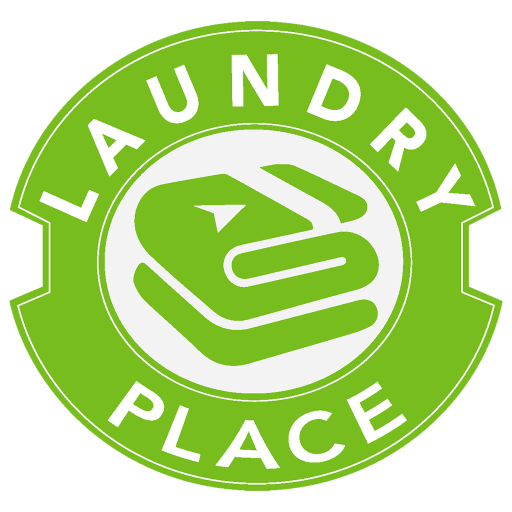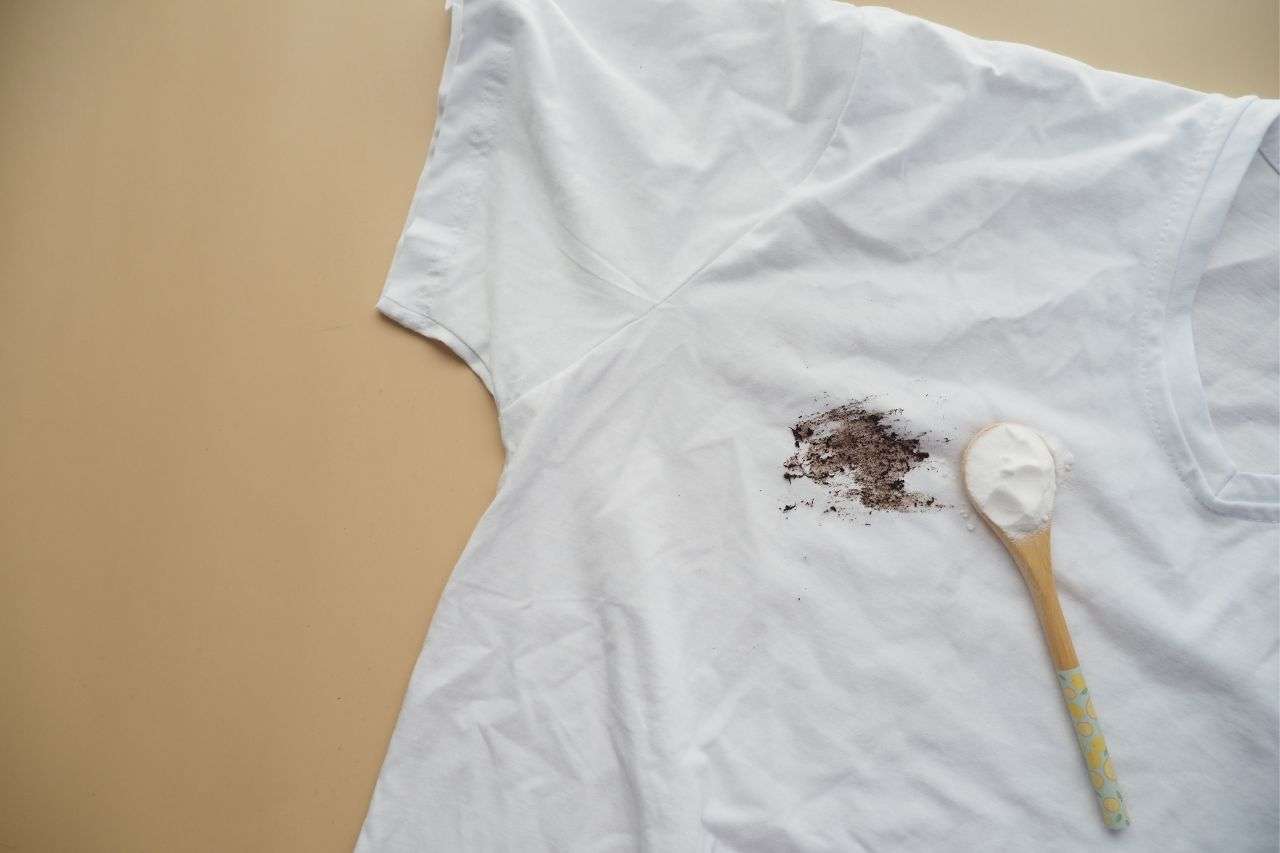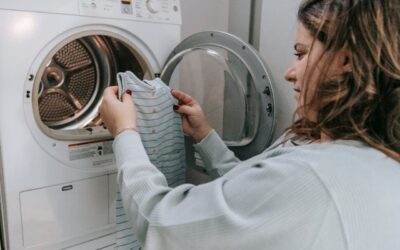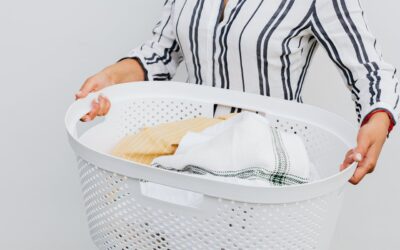Dealing with stains can be a frustrating and time-consuming task. Whether it’s a spill on your favorite shirt or a stubborn mark on your carpet, stains have a way of ruining our belongings and making them look worn and dirty. That’s why it’s important to know how to effectively remove stains and prevent them from becoming permanent. In this article, we will explore different types of stains, common household products that can help remove them, the importance of treating stains as soon as possible, the dos and don’ts of stain removal, and strategies for dealing with tough and set-in stains. By the end of this article, you’ll be equipped with the knowledge and tools to tackle any stain that comes your way.
Understanding the Different Types of Stains and How to Deal with Them
Stains come in various forms, each requiring a different approach for effective removal. The first step in dealing with stains is to identify the type of stain you’re dealing with. Oil-based stains, such as grease or oil spills, can be treated by applying a small amount of dish soap directly to the stain and gently rubbing it in. Let it sit for a few minutes before rinsing with warm water. Protein-based stains, like blood or sweat, should be soaked in cold water before being treated with an enzyme-based stain remover. For ink stains, try using rubbing alcohol or hairspray to break down the ink before washing the garment as usual.
Common Household Products That Can Help Remove Stubborn Stains
When it comes to removing stains, you don’t always need to rely on expensive commercial products. Many common household items can be just as effective in removing stubborn stains. Vinegar is a versatile cleaning agent that can be used to remove stains from various surfaces. For example, mixing equal parts vinegar and water can help remove coffee or tea stains from mugs or countertops. Baking soda is another powerful stain remover that can be used on a variety of surfaces. For example, a paste made from baking soda and water can be applied to stains on clothing or carpets before being rinsed off.
The Importance of Actively Treating Stains as Soon as Possible
One of the most important aspects of stain removal is treating the stain as soon as it occurs. The longer a stain sits, the more difficult it becomes to remove. This is because stains can penetrate the fibers of fabrics or seep into porous surfaces, making them harder to lift. For example, a fresh red wine stain on a white shirt can be easily removed by blotting the stain with a clean cloth and applying a mixture of dish soap and hydrogen peroxide. However, if the stain is left untreated for too long, it may become set-in and require more aggressive treatment or even professional cleaning.
The Dos and Don’ts of Stain Removal: Avoiding Common Mistakes
When it comes to stain removal, there are some common mistakes that people make that can actually make the stain worse or cause damage to the item being cleaned. One common mistake is rubbing or scrubbing the stain vigorously. This can push the stain deeper into the fabric or spread it around, making it more difficult to remove. Instead, gently blot the stain with a clean cloth or sponge to absorb as much of the stain as possible. Another mistake is using hot water on certain types of stains, such as protein-based stains like blood or sweat. Hot water can actually set these stains, making them more difficult to remove. Instead, use cold water to soak and treat these types of stains.
How to Remove Tough Stains from Clothing and Fabrics
Tough stains on clothing and fabrics can be a real headache, but with the right approach, they can be successfully removed. For oil-based stains like grease or oil, start by blotting up as much of the stain as possible with a clean cloth or paper towel. Then, apply a small amount of dish soap directly to the stain and gently rub it in. Let it sit for a few minutes before rinsing with warm water. For protein-based stains like blood or sweat, soak the garment in cold water for at least 30 minutes before treating with an enzyme-based stain remover. For ink stains, try using rubbing alcohol or hairspray to break down the ink before washing the garment as usual.
Tips for Removing Stains from Carpets, Rugs, and Upholstery
Stains on carpets, rugs, and upholstery can be particularly challenging to remove, but with the right techniques, they can be tackled effectively. For liquid stains like coffee or wine, start by blotting up as much of the liquid as possible with a clean cloth or paper towel. Then, mix a solution of equal parts vinegar and water and apply it to the stain. Blot the stain with a clean cloth until it is lifted. For solid stains like chocolate or mud, scrape off as much of the solid material as possible before treating the stain with a mixture of dish soap and warm water. Blot the stain until it is lifted.
Natural and Eco-Friendly Stain Removal Methods
If you prefer to use natural and eco-friendly methods for stain removal, there are several options available to you. Lemon juice is a natural bleaching agent that can be used to remove stains from white fabrics or surfaces. Simply apply lemon juice directly to the stain and let it sit in the sun for a few hours before washing or rinsing off. Hydrogen peroxide is another natural stain remover that can be used on white fabrics or surfaces. Apply hydrogen peroxide directly to the stain and let it sit for a few minutes before rinsing with cold water.
Dealing with Set-In Stains: Strategies for Success
Set-in stains can be particularly challenging to remove, but with the right strategies, they can be tackled effectively. For set-in stains on clothing or fabrics, start by soaking the garment in a mixture of warm water and oxygen-based bleach for at least 30 minutes. Then, wash the garment as usual with an enzyme-based stain remover. For set-in stains on carpets or upholstery, mix a solution of equal parts vinegar and water and apply it to the stain. Let it sit for a few minutes before blotting with a clean cloth. Repeat this process until the stain is lifted.
How to Prevent Stains from Ruining Your Clothes and Home
Prevention is always better than cure when it comes to stains. There are several steps you can take to prevent stains from ruining your clothes and home. In the kitchen, use splatter guards when cooking to prevent oil or sauce stains on your clothes. In the bathroom, use shower curtains or bath mats to prevent water stains on your floors or walls. In the living room, use coasters or trays to prevent drink stains on your furniture. And in the bedroom, use mattress protectors or pillow covers to prevent sweat or oil stains on your bedding.
The Role of Professional Stain Removal Services in Maintaining Cleanliness and Hygiene
While DIY stain removal methods can be effective, there are times when it’s best to leave it to the professionals. Professional stain removal services have access to specialized equipment and cleaning agents that can effectively remove even the toughest stains. They also have the knowledge and expertise to determine the best approach for each type of stain and fabric. When choosing a professional stain removal service, look for one that is reputable and has positive reviews from previous customers. It’s also important to inquire about their cleaning methods and any guarantees they offer.
Dealing with stains can be a frustrating task, but with the right knowledge and tools, you can effectively remove them and prevent them from becoming permanent. By understanding the different types of stains and how to treat them, using common household products, treating stains as soon as possible, avoiding common mistakes, and following the right techniques for different surfaces, you can keep your clothes and home looking clean and fresh. And if all else fails, don’t hesitate to seek the help of professional stain removal services. Remember to share your own stain removal tips and tricks in the comments below!
If you’re looking for more cleaning tips and tricks, you might be interested in our related article on “The Magic of Dry Cleaning: How We Do It.” This article dives into the process and benefits of professional dry cleaning services. From delicate fabrics to stubborn stains, professional dry cleaners have the expertise and equipment to tackle even the toughest cleaning challenges. Check out the article here to learn more about the magic behind dry cleaning.
FAQs
What are some common types of stains?
Common types of stains include food stains, beverage stains, oil and grease stains, ink stains, blood stains, and grass stains.
What are some general tips for removing stains?
Some general tips for removing stains include treating the stain as soon as possible, blotting the stain instead of rubbing it, testing any stain removal products on a small, inconspicuous area first, and following the care instructions on the garment or fabric.
What are some natural stain removal remedies?
Some natural stain removal remedies include using vinegar, lemon juice, baking soda, salt, and hydrogen peroxide. These can be used alone or in combination with each other to remove stains.
What are some common stain removal products?
Common stain removal products include laundry detergents, stain removers, bleach, and pre-treatment sprays. It is important to choose the right product for the type of stain and fabric being treated.
How can I remove tough stains?
Tough stains may require multiple treatments or the use of specialized stain removal products. It is important to follow the instructions carefully and to be patient when trying to remove tough stains.
Can all stains be removed?
Not all stains can be removed, especially if they have set in or if the fabric has been damaged. It is important to treat stains as soon as possible and to avoid using hot water or heat on stains, as this can set them in permanently.




